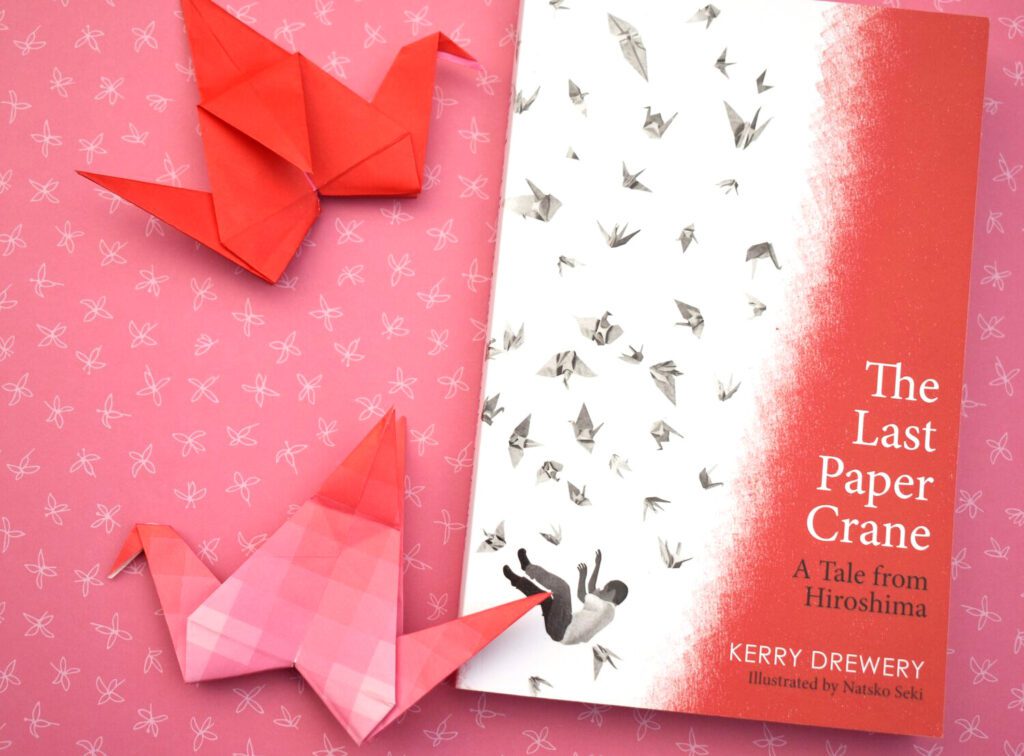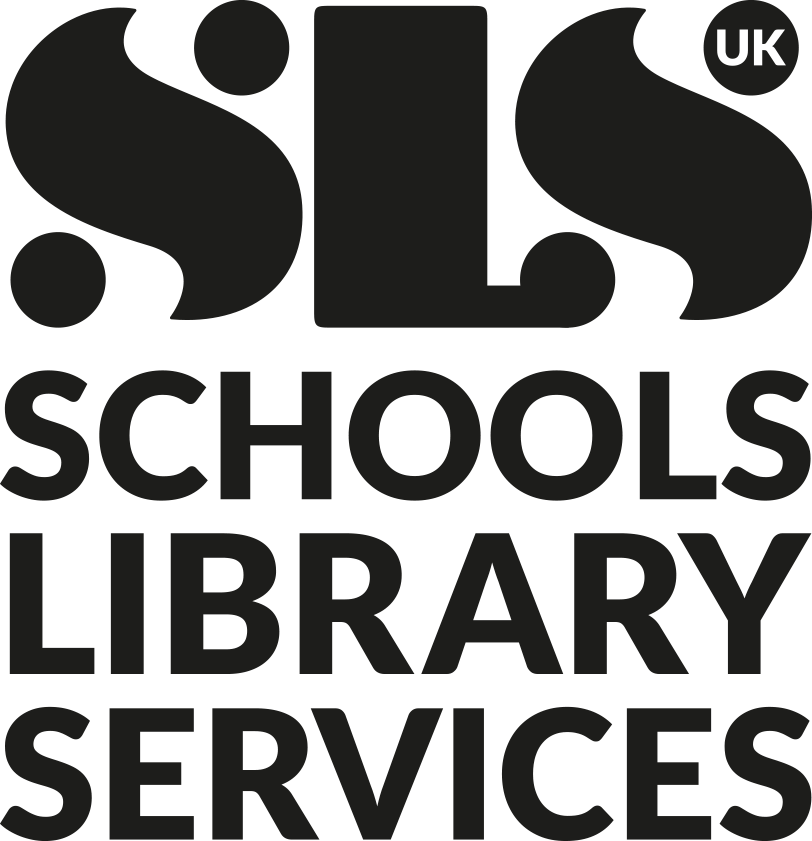Subject: School fundamentals
Topic: World challenges
Age Group: All stages and ages
Synopsis: Can you have a school library without physical books? The answer is perhaps yes if you have a broad understanding of what a library space could be used for and are willing to ignore the benefits of a library stocked with real books.

Angela Edwards
Warwickshire SLS
Librarian’s view:
Do school libraries need physical books? This is a question that some schools are pondering, and something SLS has been discussing with our school librarians at our regular network meetings. Reading habits fluctuate over time and these changes have potentially been accelerated by the pandemic and changes in technology, writes Angela Edwards.
A school library is much more than the physical books it holds. It should also be a:
- safe space for students,
- learning space,
- space to think, explore and take part in activities.
However, libraries do need books, and their curation by an experienced librarian should be an integral part to the school library.
There is no doubt that eBooks have numerous benefits: they don’t get lost or damaged, they don’t take up as much physical space and they can be accessed with numerous devices. They have the advantage of being able to adjust the size and type of font, which can help those who are visually impaired or those with additional needs, such as dyslexia.
Recently a secondary school librarian said that one of her students stated that he preferred reading eBooks due to the stigma associated with being seen with a physical book! As a librarian, this was sad to hear but also gives a very useful insight into how some students might feel and what may be influencing their reading habits and choices.
eBooks may also be the preferred choice for some students if they wish to explore more sensitive/personal topics and genres, such as mental health or LGBTQ+.
Audiobooks can also be a great way into reading for some and have the flexibility to be ‘read’ in many places and whilst on the move. It can be easier to persuade some students to listen as they read, while for those with lower ability or dyslexia, audiobooks can also be used alongside printed. Some audiobooks can now be sped up/slowed down to suit the needs of the individual. Another plus is that well-produced audiobooks can also help students make sense of higher-level text where complex syntax might be problematic, for example if it allows the listener to hear intonations etc. Audio books and eBooks may also help reach those students that would not normally visit the library.
It’s a book
However, many still prefer to read printed books. The sensory experience of holding a book, the texture, the feel, the smell, the sense of where you are in the book and the anticipation (and sense of impending loss) when you get to the last few chapters cannot be replicated with eBooks. This can give a more fulfilling reading experience because the reader feels more connected to the book

Last year, I listened to an eAudio copy of The Last Paper Crane, winner of the Warwickshire Secondary Book Award 2021. I really enjoyed listening to the book, but it wasn’t till I visited schools to talk about the shortlisted books with students that I realised that there was so much I had missed as I had listened rather than read the book. I didn’t get to experience the beautiful illustrations, I hadn’t realised that some of the chapters were written in prose and others in haiku and I also didn’t get to see the instructions for how to make a paper crane, which was an important symbol in the book.
There are many benefits to physical books: print can be easier to understand, particularly for longer and more complex texts; print is visually less demanding and can be less of a strain on the eyes than eBooks. Print focuses attention as it is still and there are spatial and tactile clues with printed books that aid the processing of information and/or the narrative. There is also some evidence that pupils of all ages tend to absorb more when reading on paper, particularly non-fiction.
Physical books are also easier to read and share together, particularly those for younger children. Illustrations are much more appealing and vibrant in printed books and there is the opportunity for more interaction, especially for younger students looking at lift the flap books, pressing buttons or exploring the feel of different textures.
Physical books take children and young people away from screens, and I think most parents and teachers would like this generation to have less screen time! Importantly a physical book removes the temptation to be distracted by something else on their device or phone, such as social media or YouTube.
Looking good
Physical books in school libraries also have the advantage of bringing colour and interest to the space. The illustrations on covers and book spines are often outstanding and very appealing- especially if used by librarians in interesting displays that entice potential users (‘consumers’) to impulsively pick up a book and browse the shelves.
Reading for pleasure is all about giving children and young people the choice to read what they want to read – and this should also include the book’s format. Schools need qualified, experienced, and knowledgeable librarians and/or access to a Schools Library Service to ensure they have a range of high-quality books to enable this choice. This includes a range of genres, authors, reading levels and interest levels. It should also include a range of physical books, eBooks and eAudios to enhance their choice and meet the needs and preferences of all.

